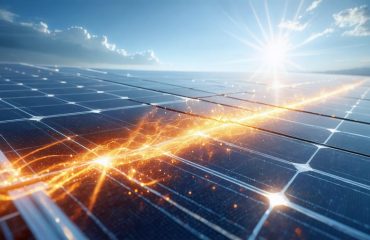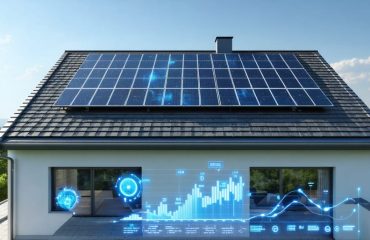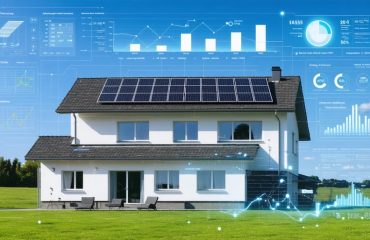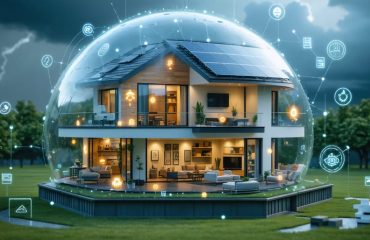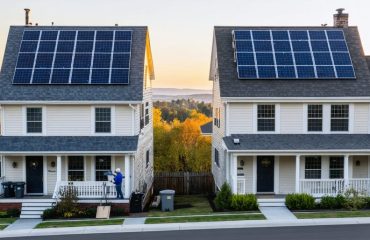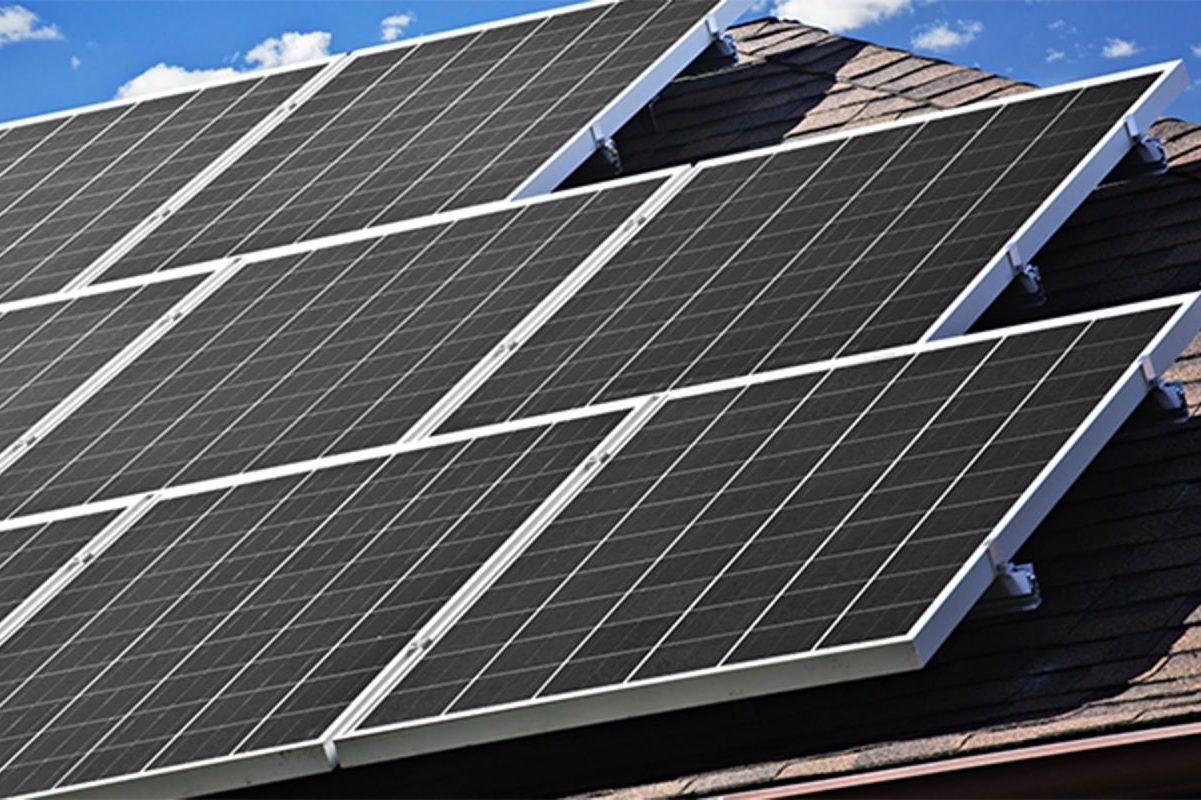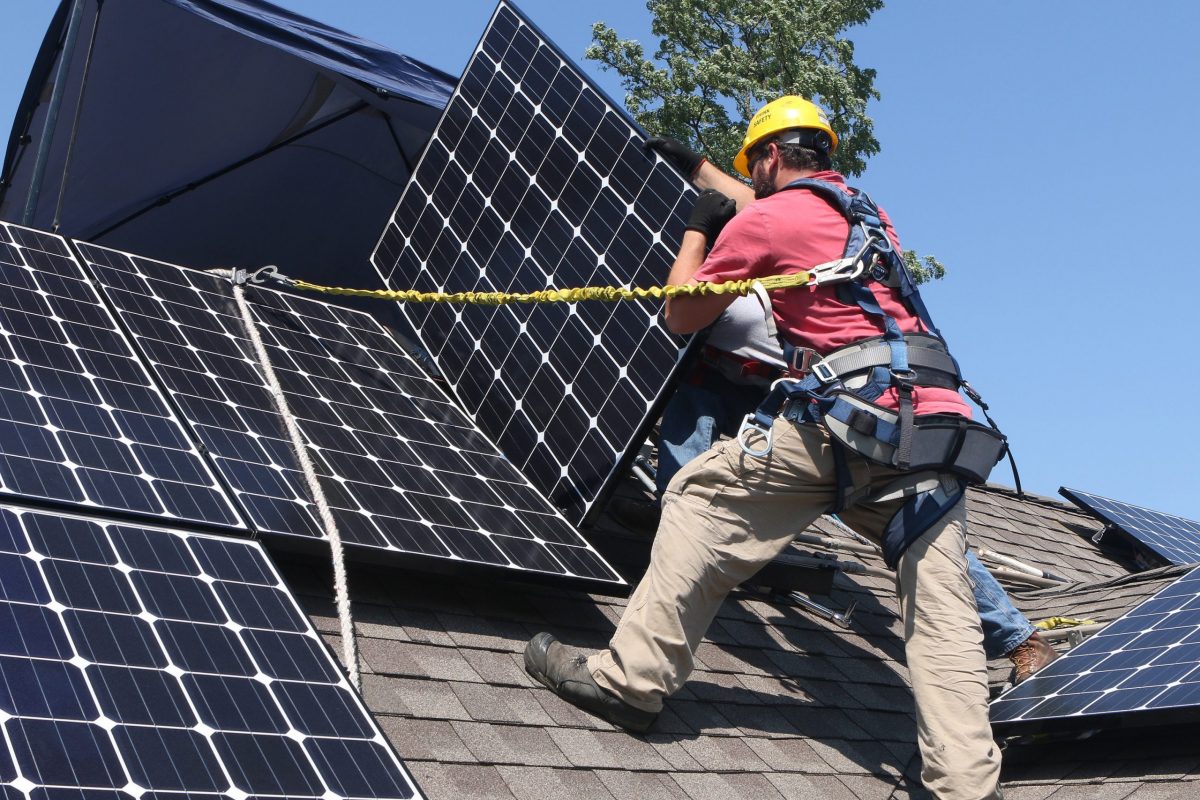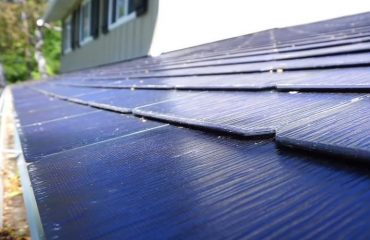In today’s interconnected world, cybersecurity resilience represents more than just defending against attacks—it’s about maintaining continuous operations despite digital threats. This critical capability enables organizations and homeowners alike to protect their smart energy systems while ensuring uninterrupted power delivery. As solar installations become increasingly connected to smart grids and internet-enabled monitoring systems, understanding cybersecurity resilience has never been more essential.
Cybersecurity resilience encompasses an organization’s ability to anticipate, withstand, recover from, and adapt to adverse conditions, stresses, attacks, or compromises on cyber-enabled resources. For solar energy systems, this means implementing robust security measures while maintaining the flexibility to respond to evolving threats without compromising system performance. Think of it as creating a digital immune system that not only defends against current threats but also evolves to meet future challenges.
By focusing on both preventive measures and recovery capabilities, cybersecurity resilience ensures that your solar investment remains protected while delivering reliable, sustainable energy for years to come.
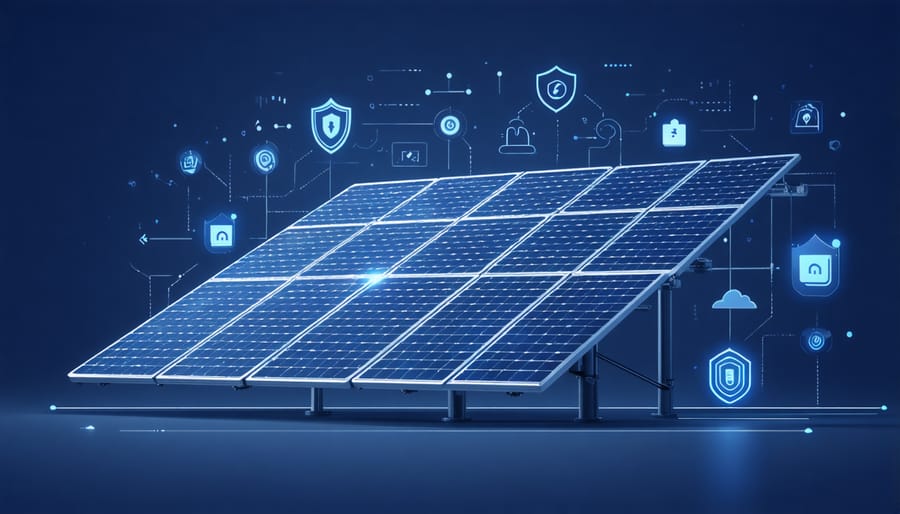
What Makes a Solar System Cyber-Resilient?
Real-Time Threat Detection
Modern solar installations come equipped with sophisticated monitoring systems that act as vigilant guardians of your clean energy investment. These systems continuously scan for unusual patterns in energy production, consumption, and system behavior that might indicate a potential cyber threat or malfunction.
Think of it as having a smart security system for your solar setup. The monitoring technology tracks multiple parameters in real-time, including power output, voltage levels, and communication patterns between components. When something doesn’t look right – like unexpected changes in energy flow or unusual connection attempts – the system immediately alerts both you and your solar provider.
Many monitoring platforms now use artificial intelligence to learn what “normal” operation looks like for your specific installation. This helps them quickly identify and flag suspicious activities before they can cause harm. You can access these insights through user-friendly mobile apps or web portals, giving you peace of mind and control over your system’s security.
These protective measures work quietly in the background, ensuring your solar investment remains secure while you enjoy the benefits of clean, renewable energy.
Automated Recovery Systems
Modern solar systems come equipped with sophisticated automated recovery features that help maintain continuous operation even during cyber incidents. These systems utilize intelligent monitoring software that constantly checks for unusual patterns or potential security breaches. When a threat is detected, the system automatically initiates protective measures without requiring manual intervention.
Key features include automatic data backup systems that regularly save critical operational settings and performance data to secure locations. If a cyber incident occurs, these backups enable quick restoration of normal operations. Many systems also incorporate automatic failsafe modes that can isolate affected components while maintaining essential functions through alternative pathways.
Advanced solar installations employ self-healing networks that can automatically reconfigure connections and reroute power flow when parts of the system are compromised. This ensures that homes continue receiving solar power even if certain components are temporarily disabled. Additionally, automated system updates help patch security vulnerabilities as soon as they’re discovered, maintaining a strong defense against emerging cyber threats.
These recovery systems work seamlessly in the background, giving homeowners peace of mind while ensuring their solar investment remains protected and productive.
Protecting Your Solar Investment
Smart Network Setup
Securing your home network is crucial when connecting solar systems, as it forms the foundation of your power resilience. Start by changing your router’s default password to a strong, unique combination of letters, numbers, and symbols. Enable WPA3 encryption, the latest security standard, to protect your network from unauthorized access.
Create a separate network specifically for your solar monitoring system and smart energy devices. This segregation ensures that even if one network is compromised, your main home network remains secure. Regular firmware updates for your router and solar monitoring equipment are essential, as they often include critical security patches.
Consider implementing a virtual private network (VPN) for an extra layer of protection when accessing your solar monitoring system remotely. Enable your router’s firewall and disable remote management unless absolutely necessary. Keep a list of all devices connected to your network and regularly review it to identify any unauthorized connections.
Set up automatic backups of your solar system’s configuration data, and store this information securely. Many modern routers offer guest networks – use these for visitors rather than sharing your main network password. Finally, work with your solar installer to ensure all default passwords on solar equipment are changed during installation, and document your network security setup for future reference.
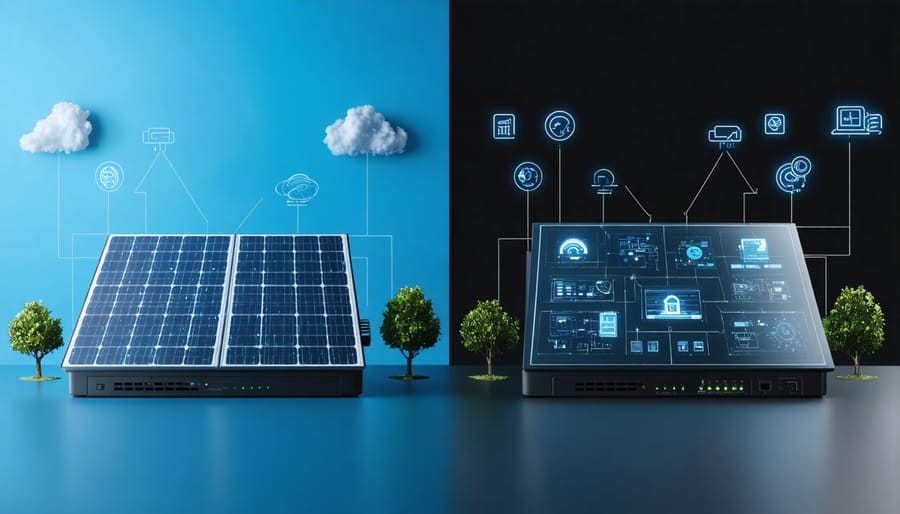
Regular Updates Matter
Just as your smartphone needs regular updates to stay secure, your solar system’s software and firmware require consistent maintenance to maintain optimal cybersecurity resilience. These updates play a crucial role in protecting your system from emerging threats while ensuring peak performance.
Software updates typically include security patches that address newly discovered vulnerabilities, enhance system stability, and add new features to improve overall functionality. By keeping your solar system’s software current, you create a stronger defense against potential cyber threats that could compromise your energy production or personal data.
Many modern solar installations offer automatic updates, making the process seamless and worry-free. However, it’s important to verify that your system is configured to receive these updates and that they’re being installed correctly. Regular check-ins with your solar provider can help ensure your system maintains its protective shield against cyber threats.
Think of these updates as a renewable energy system’s immune system – they help identify and block potential threats before they can cause harm. Just as you wouldn’t skip important maintenance on your solar panels, staying current with software updates is equally essential for long-term system health and security.
We recommend setting a quarterly reminder to verify your system’s update status and consult with your solar provider about any available security enhancements. This proactive approach helps maintain your system’s cyber resilience while maximizing your clean energy investment.
The Future of Solar Security

AI-Powered Protection
Artificial intelligence and machine learning technologies are revolutionizing how we protect solar energy systems from cyber threats. Modern solar installations now incorporate AI-powered monitoring systems that continuously analyze system behavior, detecting unusual patterns that might indicate a security breach. These smart systems can identify potential threats in real-time, often stopping attacks before they cause any damage.
The AI algorithms learn from your solar system’s normal operation patterns, creating a baseline of expected performance. When something doesn’t match these patterns – whether it’s unusual energy consumption, unexpected system commands, or suspicious network activity – the AI immediately alerts system owners and can automatically implement protective measures.
These intelligent protection systems also adapt to new threats as they emerge, providing continuous updates to security protocols without requiring manual intervention. For homeowners, this means peace of mind knowing their solar investment is protected by technology that never sleeps. The AI systems can also optimize system performance while maintaining security, ensuring that protection doesn’t come at the cost of efficiency.
Most importantly, AI-powered protection works silently in the background, requiring no technical expertise from homeowners while providing enterprise-level security for residential solar installations.
Industry Standards Evolution
The solar industry has witnessed significant advancements in cybersecurity standards over recent years, reflecting the growing importance of protecting renewable energy installations. New certifications now require comprehensive solar system security measures that safeguard both hardware and software components.
Leading certification bodies have introduced updated guidelines that focus on encrypted communication protocols, secure data storage, and regular security assessments. These standards ensure that solar installations meet strict cybersecurity requirements while maintaining optimal performance. Homeowners can now rely on these certifications to verify that their solar systems incorporate the latest security features.
The evolution of these standards has brought about improved monitoring systems, automated threat detection, and robust backup procedures. Manufacturers must now demonstrate their compliance with these requirements before their products can be certified for residential use. This progression has made solar energy systems more resilient against potential cyber threats while simplifying the user experience.
For homeowners, these enhanced standards mean greater peace of mind knowing their investment is protected by industry-leading security protocols. The certification process has become more transparent, making it easier to understand and verify the security features included in modern solar installations.
Cyber security resilience is no longer just an option but a fundamental necessity in our increasingly connected world. As we’ve explored, it encompasses the ability to prevent, detect, respond to, and recover from cyber threats while maintaining essential operations. By implementing robust security measures, regularly updating systems, training employees, and developing comprehensive incident response plans, organizations can build their cyber resilience foundation.
Remember that achieving cyber security resilience is an ongoing journey rather than a destination. It requires continuous assessment, adaptation, and improvement to stay ahead of evolving threats. Start by evaluating your current security posture, identifying vulnerabilities, and implementing the key components we’ve discussed. Focus on creating layers of protection while ensuring your organization can bounce back quickly from any security incidents.
Take action today by developing a cyber resilience strategy that aligns with your business objectives. Invest in appropriate security tools, train your team, and regularly test your response capabilities. With proper planning and commitment, you can build a resilient security framework that protects your assets, maintains business continuity, and ensures long-term success in the digital age.


